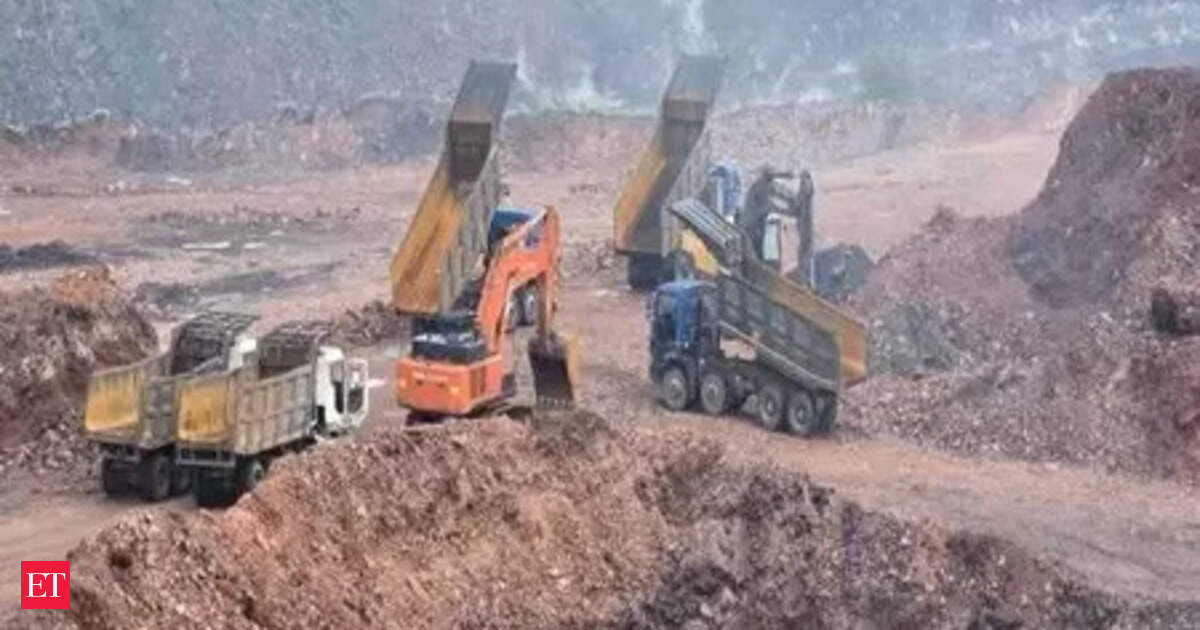IANSFile photo: Continuous monsoon rains have worsened the already precarious situation in Jharkhand’s coal mining regions, as the fear of land subsidence adds to the prevailing situation where underground fires continue unabated and evoke widespread panic due to rising gas and smoke emissions.
The Union Cabinet on Wednesday approved a Rs 5,940.47 crore revised Jharia Master Plan (JMP), aimed at tackling hazardous surface fires. Announcing the decision, Union Minister Ashwini Vaishnaw said the government will adopt a phased approach to prioritise firefighting, land subsidence management, and the rehabilitation of families affected in the Jharia coalfields in Jharkhand’s Dhanbad district.The Cabinet Committee on Economic Affairs, chaired by Prime Minister Narendra Modi, approved the plan that will extend financial and infrastructural support to legal and non-legal title holders.Each family will receive a Rs 1 lakh livelihood grant and access to institutional credit of up to Rs 3 lakh, according to the revised Cabinet resolution. Resettlement colonies will be developed with essential amenities such as schools, hospitals, skill development centres, roads, water supply, and electricity. AgenciesLive EventsA dedicated Jharia Alternative Livelihoods Rehabilitation Fund will be set up to ensure long-term economic sustainability for relocated families.The Jharia Master Plan was initially approved by the Centre in August 2009. It was designed with a two-year pre-implementation phase followed by a ten-year execution period, with an estimated outlay of ₹7,112.11 crore. But it expired in 2021.Jharia fires: Raging for 100 yearsLocated in the mineral-rich Damodar Valley, Jharia is home to one of India’s most prized coal deposits — a high-grade coking coal critical to steelmaking. But since 1916, this economic boon has come with a deadly cost. More than 70 underground and surface fires have been burning continuously for over a century across over 100 square miles, according to a CNBC report.Glenn Stracher, a leading expert on coal fires, told CNBC in 2015 that flames have been recorded leaping as high as 60 feet, with temperatures so intense they’ve caused sinkholes to swallow people and roads. “Just imagine the emissions that are being produced by these fires,” Stracher said. “There are usually 40 to 50 hydrocarbon compounds, and many of them are toxic or carcinogenic. So this stuff is bad, really bad.”Despite efforts fires have intensified, blocking access to an estimated 2 billion metric tonnes of coal — losses worth over $220 billion, according to the CNBC report. (You can now subscribe to our Economic Times WhatsApp channel)
Read More News onJharia Master Plancoal mine firesJharkhandrehabilitation of familiesunderground coal mineJharia coalfieldsfinancial support for resettlementenvironmental impact of coal firesland subsidence managementcoal deposit in India
(Catch all the Business News, Breaking News, Budget 2025 Events and Latest News Updates on The Economic Times.) Subscribe to The Economic Times Prime and read the ET ePaper online….moreless
(You can now subscribe to our Economic Times WhatsApp channel)Read More News onJharia Master Plancoal mine firesJharkhandrehabilitation of familiesunderground coal mineJharia coalfieldsfinancial support for resettlementenvironmental impact of coal firesland subsidence managementcoal deposit in India(Catch all the Business News, Breaking News, Budget 2025 Events and Latest News Updates on The Economic Times.) Subscribe to The Economic Times Prime and read the ET ePaper online….moreless
